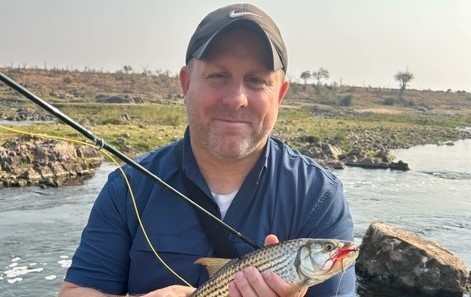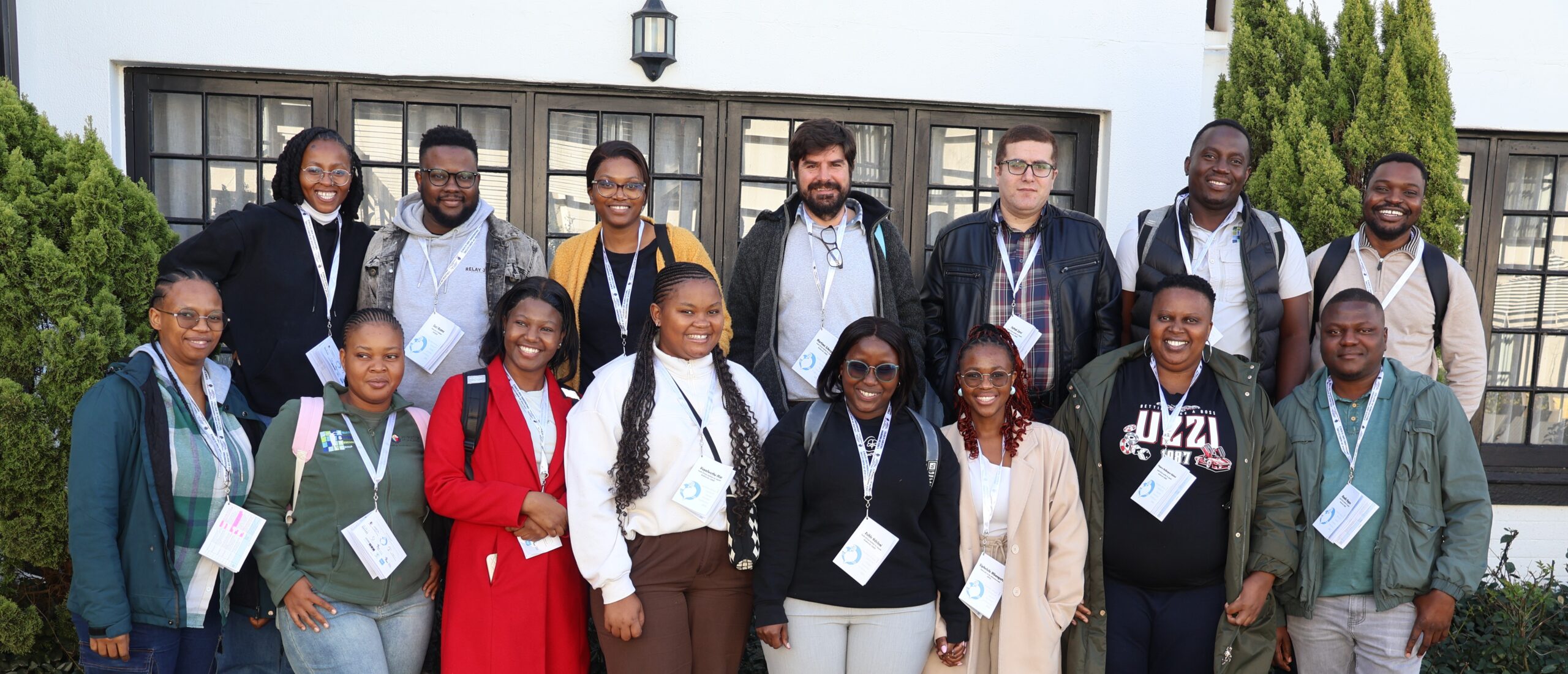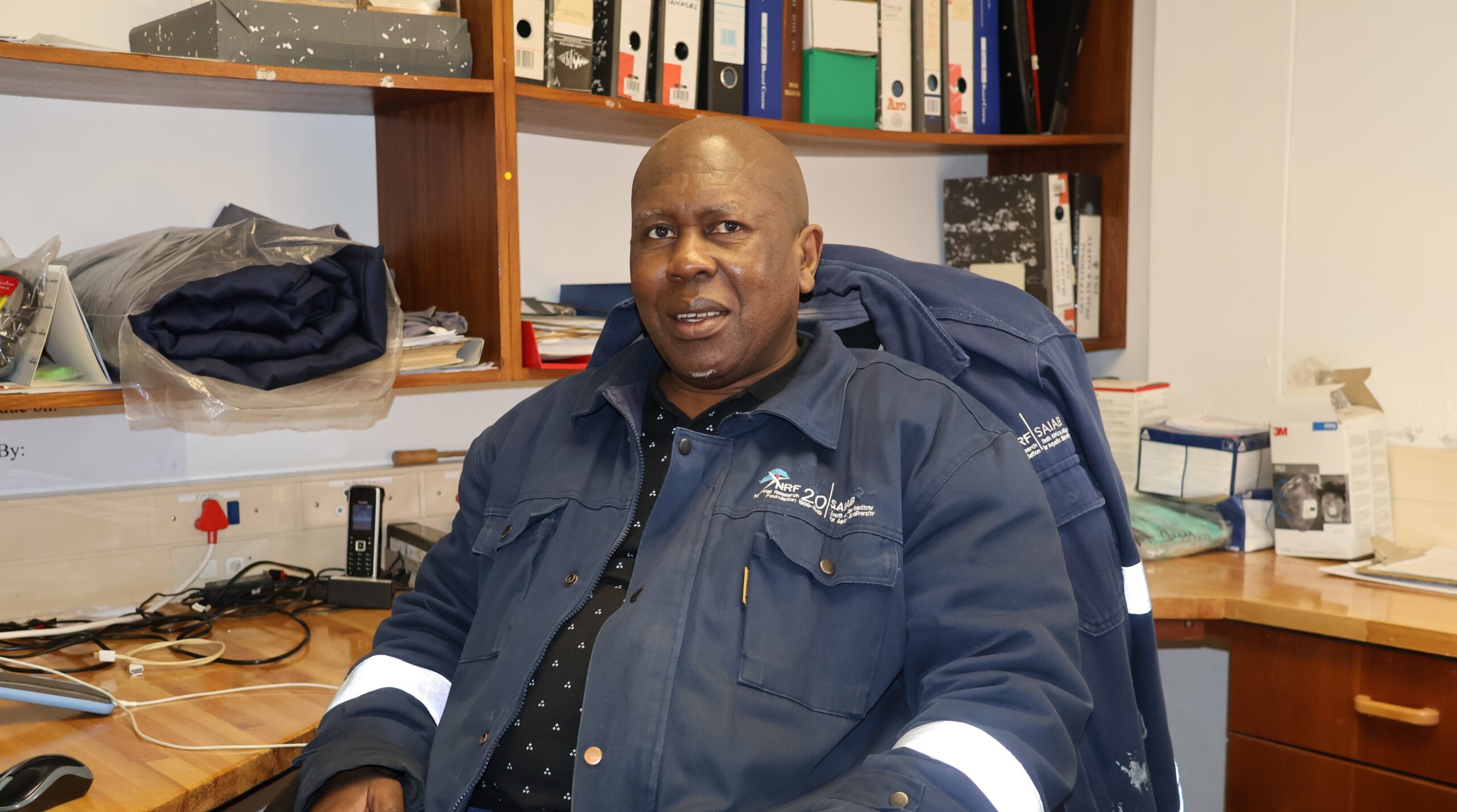NRF-SAIAB Seminar Series 2024
This talk is now available on the SAIAB YouTube:
Date: 20 March 2024, 10:30am (SAST)
Zoom Registration Link: https://zoom.us/meeting/register/tJItcuChqzkpGtCRAzwVKeorrwYbjefd3mU6
Passcode: 317884
Dr. Matthew E. Gruwell (Associate Professor of Genetics and Evolutionary Biology, Penn State Behrend) will present:
Investigating eDNA Solutions from the North American Great Lakes to Mpumalanga, South Africa

Reliable, timely and economical target organism detection in freshwater systems is urgently needed to prevent the spread of aquatic invasive species (AIS) and track species of importance in ecosystems. There are specific problems of spread by commercial ships in the North American Great Lakes. Laker ships often transport large volumes (ca. 52 million metric tons) of untreated lake water against the natural flow from the lower lakes to Western Lake Superior ports. The transport of ballast water is the number one threat of AIS spread throughout the Great Lakes. A somewhat new tool to fight the spread of AIS is the use of eDNA for rapid detection and identification of target organisms. This technology opens doors for advancing control of ballast-mediated AIS through rapid detection.
To that end, we have developed species specific, reliable eDNA probes to target specific detection of four AIS in water samples along with QPCR protocols. In an extension of that work, we are designing probes to rapidly detect AIS and other species of importance in the water systems of Mpumalanga. Our AIS targets are the redclaw crayfish, quilted melania, European physa, and the redswamp crayfish. Other species of interest include tigerfish, migratory eels and yellowfish. We are also setting up two large-scale metabarcoding projects, one in the Limpopo River System and one in Lake Erie. These projects will track the biodiversity across the Limpopo drainage and track real-time movement of invasive species in Lake Erie during the warm months of 2024.
Join us for this webinar to learn more about these projects.




